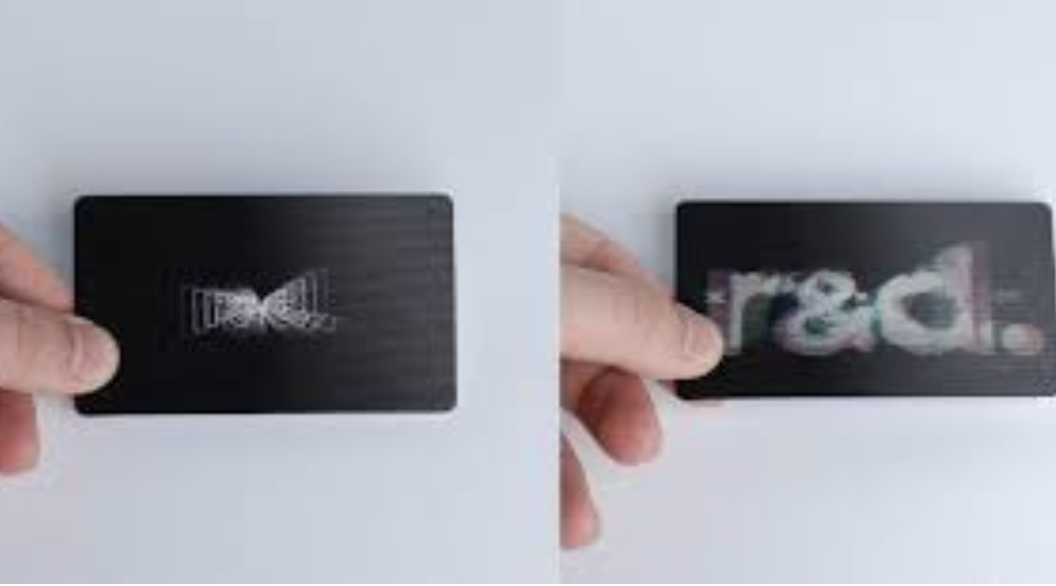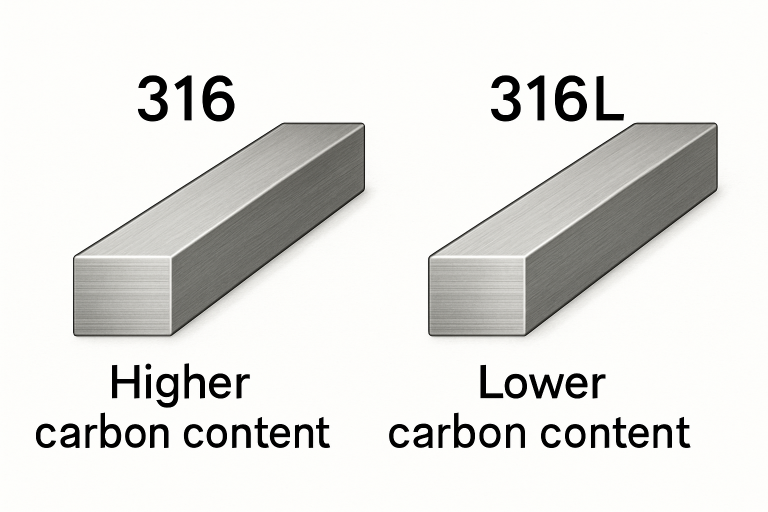Lenticular printing can seem like a mysterious and complex process to those who are new to it. With its unique ability to create images with depth, motion, and multiple perspectives, it’s no wonder that newcomers often have a lot of questions.
Perhaps you’ve recently acquired a lenticular printer, and you’re about to venture further into the technology. If so, you’d pick a thing or two from the following frequently asked questions:
- What Exactly is Lenticular Printing?
Lenticular printing is a process that uses lenticular lenses to produce images with the illusion of depth or motion.
Traditional flat printing produces a static image, lenticular printing, on the other hand, creates images that appear to change or move as the viewer’s angle shifts. This is achieved by interlacing multiple images and overlaying them with a lenticular lens, which directs light in specific ways.
The lenticular lens is made up of many tiny, precise lenses called lenticules. These are arranged in a grid-like pattern on the surface of the printed material. Each lenticule directs light from different angles to different parts of the image.
- Can Lenticular Printing Be Used for Both Small and Large Formats?
Yes, lenticular printing can be used for both small and large formats. Whether you’re looking to create a small promotional item, like a business card, or a large poster, lenticular printing can accommodate various sizes.
The scale of the project does influence the cost and complexity, but the technology itself is versatile enough to handle different sizes and applications. It’s all about finding the right balance between size, effect, and budget.
- What Types of Visual Effects Can Lenticular Printing Create?
Lenticular printing is known for its ability to produce a range of impressive visual effects. One of the most exciting is the 3D effect, where the image appears to have depth, giving it a three-dimensional appearance without needing special glasses.
This effect creates the illusion that the image has layers and perspective, making it look like you can reach into it.
Another popular effect is animation. This allows you to see a sequence of images that appear to move or change as you look at the print from different angles.
Morphing is another effect where one image gradually changes into another, creating a smooth transition that can be very striking.
Finally, the flip effect lets you switch between different images as you move around the print, making it a versatile choice for displaying multiple scenes or messages.
- What Affects the Quality of Lenticular Prints?
Several factors play a role in the quality of lenticular prints. Image resolution is crucial; higher-resolution images ensure that the final print is clear and detailed. If the resolution is too low, the image can appear blurry or pixelated when viewed through the lenticular lens.
The quality of the lenticular lens itself also matters. A high-quality lens will ensure that the visual effects are sharp and effective. Proper alignment between the printed image and the lens is essential; any misalignment can distort the effects or make them less pronounced.
Also, the printing process must use high-quality equipment and materials to produce vibrant and accurate colors.
- What Are the Common Misconceptions About Lenticular Printing?
There are a few common misconceptions about lenticular printing that can be misleading. One is that lenticular prints are only for fun or novelty purposes. While they are often used for eye-catching and playful applications, lenticular printing is also employed in serious areas like security printing to prevent counterfeiting with its complex visual effects.
Another misconception is that lenticular printing is only feasible for large projects. In reality, it can be used for various sizes, from small items like business cards to large posters.
People sometimes also think that lenticular printing is prohibitively expensive. While it can be more costly than traditional printing methods, the expense varies depending on the complexity and scale of the project. It’s worth noting that the unique visual impact lenticular printing provides can offer significant value.
Remember, if you don’t know what you are doing, your project may get complicated. Learn the do’s and don’ts before starting your project.












